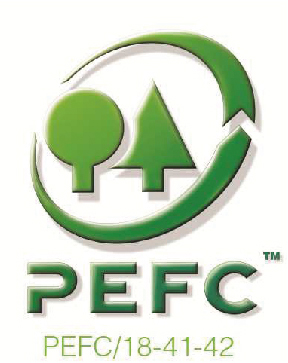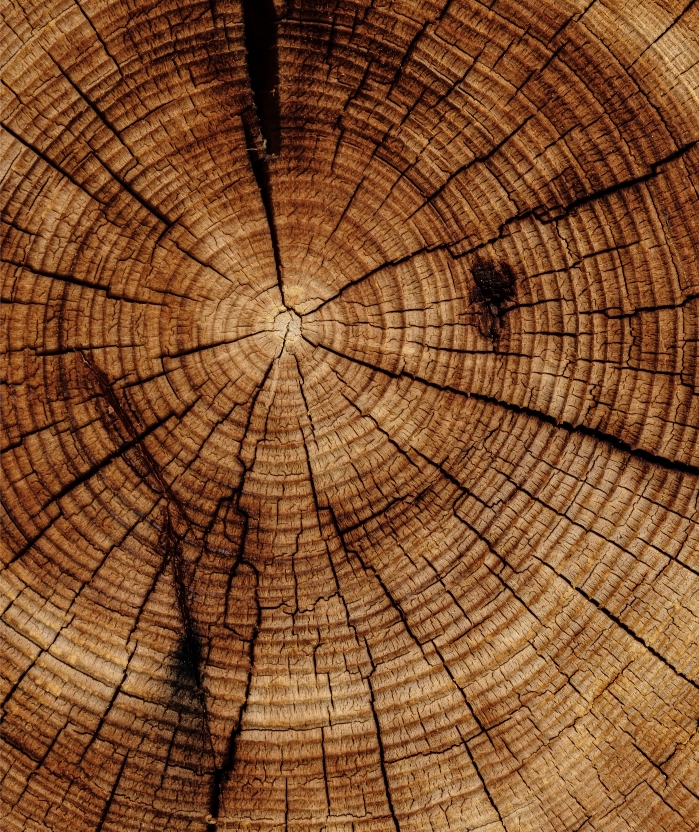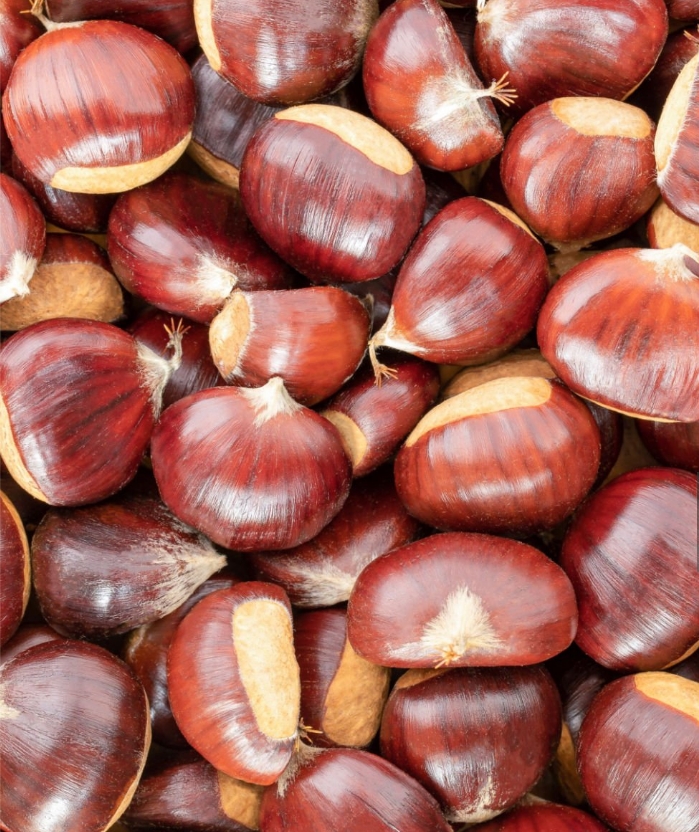sustainable and harmless raw materials
Chestnut Tannin
Nicknamed the ‘bread tree’ the Castanes sativa nuts have been a primary source of food for centuries.
The wood is rich in tannin (9% by weight).
Chestnut trees are not clear cut and killed. Coppicing techniques harvest mature wood, making room for subsequent stronger regrowth.
Harvest rates lower than 10% are kept below forest regenerative limits and are infinitely sustainable.



